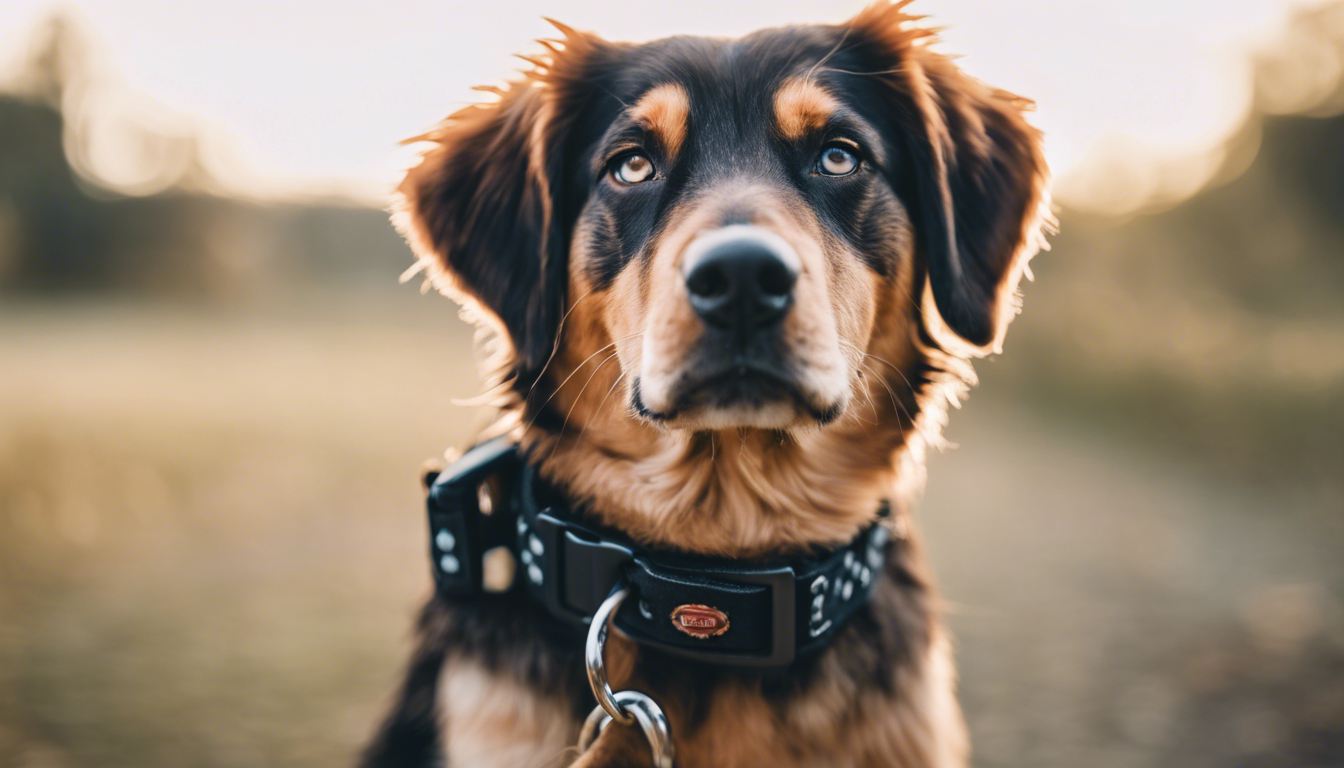Contents
Determine the Purpose of the Training Collar
The first step to finding the perfect training collar for your canine companion is to determine the purpose of the collar. Some dogs need collars to remedy specific behavioral issues such as:
- Barking excessively
- Jumping on people
- Running away or ignoring commands
While others might require it to learn basic commands and reinforce obedience. Understanding your dog’s specific needs is vital in determining the kind of collar you should be looking at.
Type of Dog Training Collar
There are different types of dog training collars available in the market, each designed to address specific training needs.
– Head Collars: These are ideal for dogs that pull too hard or too often during walks.
– Prong or Pinch Collars: Best suited for pets who are reluctant to respond to obedience training.
– Shock Collars: Used for off-leash training or addressing severe behavioral problems. They provide a physical correction to stop undesirable behaviors.
– Choke Chains: Used under professional supervision, these are for dogs who need rigorous obedience training.
Appropriate Fit and Comfort
No matter the type of collar, its effectiveness will be significantly reduced if it does not fit correctly. An overly loose collar can slip off, while an excessively tight one can cause discomfort or injury. Therefore, it’s paramount to ensure that the collar is an appropriate fit for your pet. Comfort is also an important factor; your dog should not feel distressed with the collar on.
Consider the Control Range
If you’re considering an electronic training collar, the control range is an essential consideration. This feature is usually crucial for outdoor training sessions where you need your canine to respond favorably even from a distance.
Quality and Durability
You surely wouldn’t want to invest in a dog training collar that breaks down within a few days. Do some research, read customer reviews, and choose a product known for its quality and durability.
Avoid Rushed Decisions
Avoid rushing the decision. Spend some time researching and consulting with a trusted vet or a professional dog trainer. Remember, the goal of a training collar is not to punish your dog but to aid in training and improve their behavior.
FAQs
Are training collars safe for my dog?
Yes, training collars are regarded as safe and helpful tools for training dogs when used properly and under guidance.
What is the appropriate age to introduce a training collar to my dog?
It is generally recommended that training collars should not be introduced before the dog is 5 to 6 months old.
Training your dog doesn’t have to be an uphill battle. The right dog training collar can make all the difference. Make sure to weigh every factor and make an informed decision that caters to your dog’s unique needs. Happy Training!





